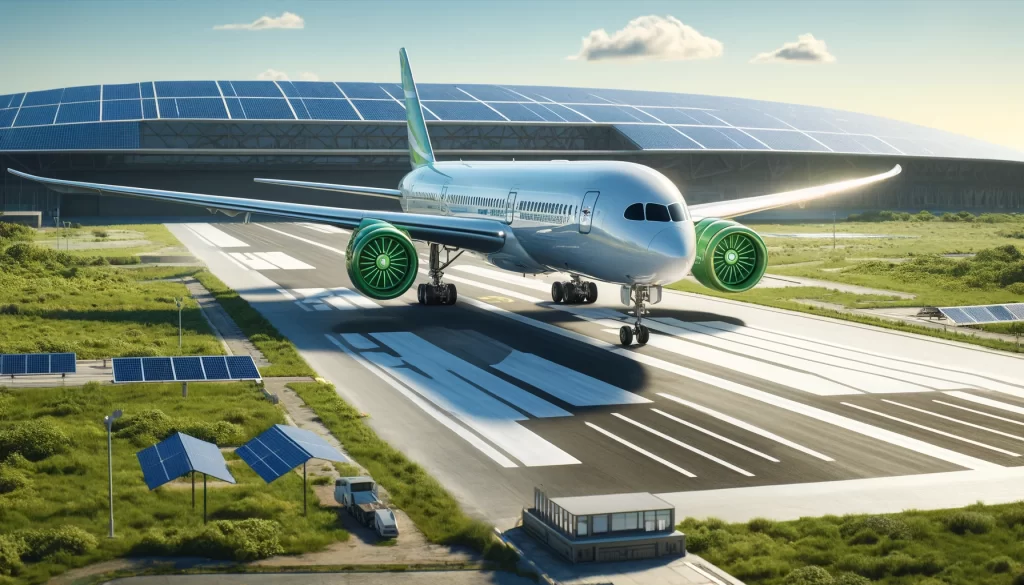The International Air Transport Association (IATA) collaborates with industry experts to analyze 14 net-zero transition frameworks, offering a detailed comparative review to guide the aviation sector towards a sustainable future.
The Quest for Carbon Neutrality in Aviation
The aviation industry’s journey to net-zero carbon emissions by 2050 is a complex challenge that requires a comprehensive strategy. The International Air Transport Association (IATA) has taken a significant step by releasing the Aviation Net Zero CO2 Transition Pathways Comparative Review, a critical analysis of various frameworks designed to guide the sector’s sustainable evolution.
In 2021, the aviation industry committed to achieving net-zero emissions, a pledge reinforced by the International Civil Aviation Organization (ICAO) member states. This ambitious goal demands a multi-pronged approach, including energy transition, technological innovation, operational improvements, market-based measures, and policy support.
Given the uncertainty of a one-size-fits-all solution, the industry has seen the development of multiple transition roadmaps. These are complemented by numerous academic studies, all aiming to chart a course towards a carbon-neutral future.
Collaborative Efforts for a Unified Vision
The IATA’s comprehensive review, created in partnership with the Air Transportation Systems Laboratory at University College London, the Air Transport Action Group, the International Council on Clean Transportation, and the Mission Possible Partnership, serves as a central resource for stakeholders. It dissects 14 leading net-zero transition roadmaps, highlighting their commonalities, differences, and strategies for reaching net-zero by 2050.
The report scrutinizes each roadmap’s scope, foundational assumptions, projected aviation energy demand, CO2 emissions, and the emissions reduction potential of various mitigation strategies, including new aircraft technologies, zero-carbon fuels, sustainable aviation fuel (SAF), and operational enhancements.
Marie Owens Thomsen, IATA’s SVP Sustainability and Chief Economist, emphasizes the necessity of employing multiple strategies in tandem to decarbonize aviation. While the impact of each strategy varies, the consensus is that SAF will play the most significant role in reducing emissions by 2050.
Diverse Pathways with a Common Destination
The review reveals that the path to net-zero emissions by 2050 is highly dependent on the assumptions made about the evolution of decarbonization technologies. The importance of specific strategies, such as SAF, technology enhancements, and operational efficiencies, varies across the roadmaps.
SAF is expected to account for the majority of CO2 reductions, with its role ranging from 24% to 70%, reflecting the uncertainty surrounding government support, investment levels, production costs, and feedstock availability. Technological and operational efficiencies are projected to contribute roughly 30% to emissions reduction by 2050 across all scenarios.
The potential emissions savings from hydrogen and battery-powered aircraft are also highlighted, with variations depending on policy support and the pace of renewable energy cost reductions. Market-based measures and carbon removal technologies are deemed essential for addressing residual emissions and are urgently needed for producing power-to-liquid (PtL) fuels.
The IATA’s Aviation Net Zero CO2 Transition Pathways Comparative Review offers a valuable tool for airlines, policymakers, and stakeholders to make informed decisions. It underscores the need for robust public policy to boost SAF production and ensure the aviation sector can meet its net-zero commitments by 2050.





